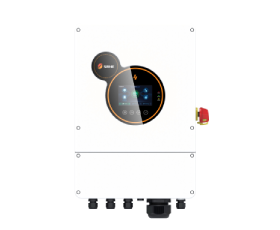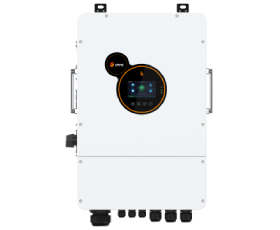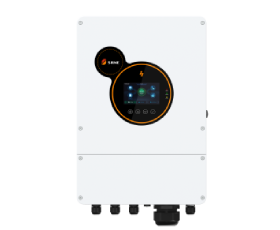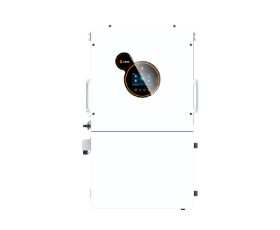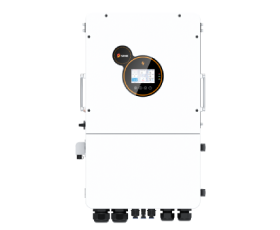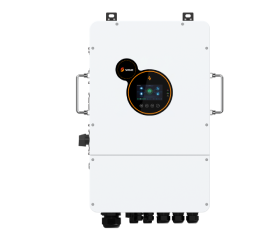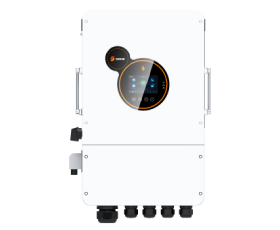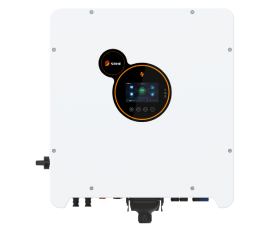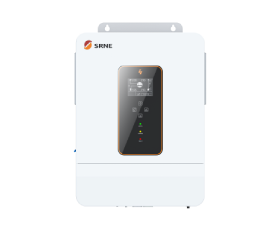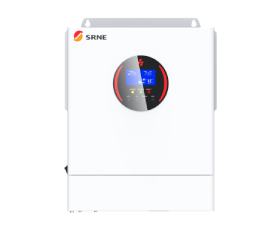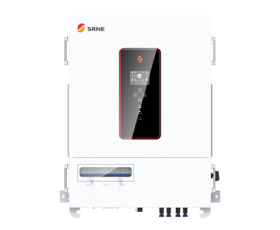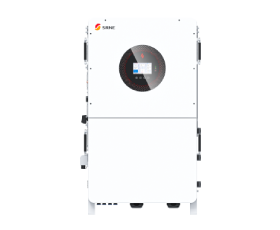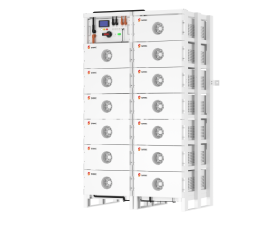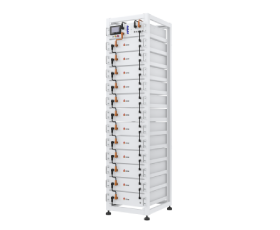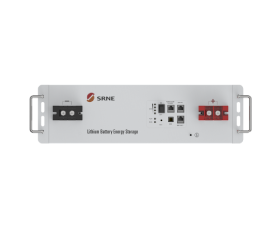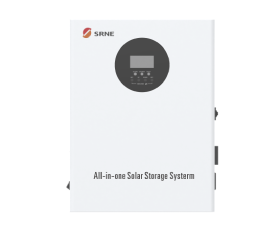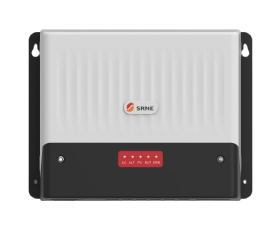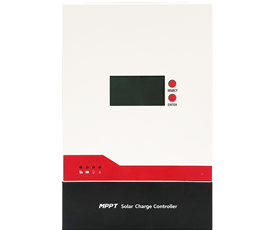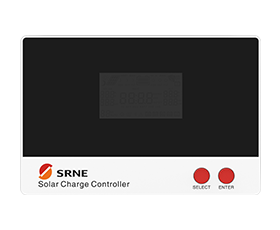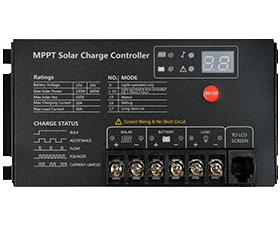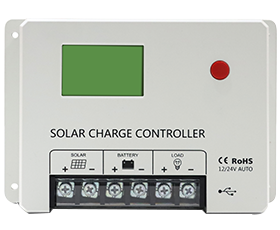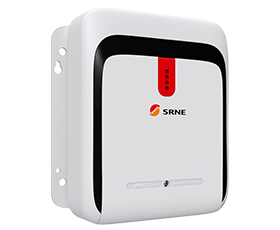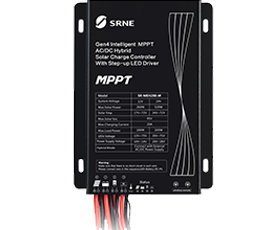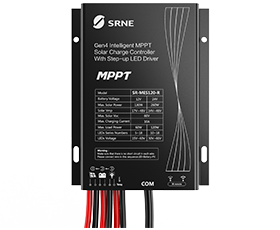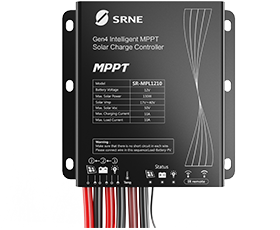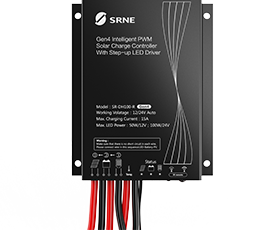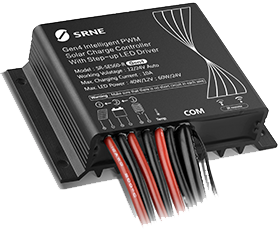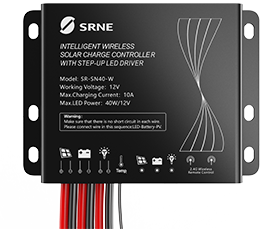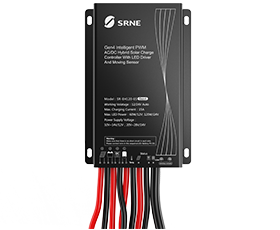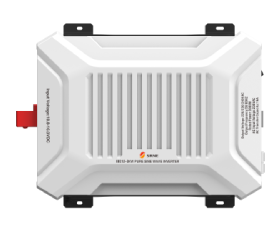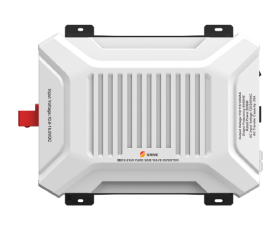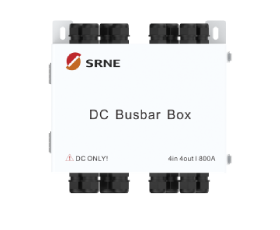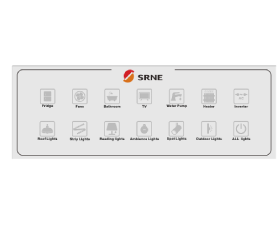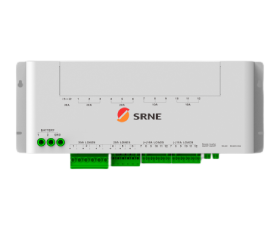Maximizing Backup Power: Integrating Generators with Home Power Inverters
Reliable backup power is essential in today's residential areas, where energy demands often exceed the supply, especially during emergencies. By integrating generators with home power inverters, homeowners can enhance their backup power solutions significantly. This setup not only ensures a continuous power supply but also integrates smoothly with existing residential energy storage systems, improving both efficiency and reliability. Srne provides a number of effective solutions for home, commercial, industrial and other scenarios, improving the efficiency of power use and battery storage solutions.
The Basics of Home Power Inverters and Generators
Understanding the basic functionalities of home power inverters and generators is key to maximizing backup power. A home power inverter is a device that converts DC (Direct Current) from renewable sources or batteries into AC (Alternating Current), which is the form of electricity used in most household appliances. On the other hand, generators are devices that convert mechanical energy into electrical energy, typically used during power outages.
The integration of these two systems can provide a seamless energy solution that not only offers a backup during power outages but also optimizes the energy consumption from various sources. For instance, hybrid inverters, which combine the functionalities of both traditional and solar inverters, can automatically switch between solar power, battery storage, and generator power based on availability and need.
Technical Integration of Generators with Home Power Inverters
Integrating a generator with a home power inverter involves several critical technical steps:
Selection of Compatible Devices: Ensure that the generator’s output specifications align with the inverter’s capacity. For example, Srne solar inverters are known for their high compatibility with various generators and solar panels, making them ideal for such setups.
Installation and Wiring: Proper installation involves connecting the generator’s output to the inverter’s input through a transfer switch. This setup ensures that when the generator is on, it can feed the inverter directly, bypassing any interruptions from the grid.
Configuration and Settings: Configuring the inverter to prioritize power sources is crucial. Most modern inverters, including hybrid inverters, can be set to prioritize renewable sources and only resort to generator power when necessary.
This integration not only maximizes energy efficiency but also extends the life of the solar storage battery by reducing its load during peak usage times.
Safety Considerations
Safety is paramount when integrating sophisticated electrical systems:
Professional Installation: Always have systems installed by certified professionals to ensure compliance with local electrical codes and safety standards.Refer to the installation guide provided by Srne.
Ventilation and Placement: Since generators emit exhaust, proper ventilation in their installation area is crucial to prevent hazardous gas accumulation.
Routine Inspections: Regularly inspect both generator and inverter systems to identify and rectify potential hazards like frayed wires or fluid leaks.Refer to the inverter maintenance guide provided by Srne.
Adhering to these safety protocols ensures that the system remains efficient and safe for residential use.
Benefits of Integrating Generators with Home Power Inverters
The integration of generators with home power inverters offers several tangible benefits:
Uninterrupted Power Supply: This setup can provide continuous power during outages, making it ideal for areas prone to natural disasters or frequent power cuts.
Energy Efficiency: By optimizing the power source based on availability, the system can reduce reliance on the more expensive grid power, thereby decreasing utility bills.
Environmental Impact: Using generators in conjunction with solar storage batteries and inverters can lower the carbon footprint by reducing the reliance on fossil-fuel-powered grid energy.
These benefits make the integration of generators and inverters a smart choice for eco-conscious homeowners looking to enhance their home’s energy efficiency.If you want to learn more about the benefits of home inverters,please reading that How Residential Energy Systems Help the Planet.
Advanced Tips and Best Practices
To get the most out of an integrated generator and inverter system:
Battery Management: Implement a battery management system to monitor the health and charge levels of your solar storage battery, ensuring it is always ready for use when needed.
Scalable Systems: Invest in scalable hybrid inverters that can accommodate future expansions, such as additional solar panels or another generator.
Firmware Updates: Regularly update the firmware of your Srne solar inverter to ensure compatibility with new technologies and to improve system performance.
Following these advanced tips will help maintain an efficient and robust energy system.
Conclusion
The integration of generators with home power inverters is a practical solution for enhancing residential backup power systems. It not only provides a reliable power supply during outages but also promotes energy efficiency and sustainability. As technology advances, the integration of these systems will likely become more streamlined, offering even greater benefits.
By understanding the technical setup, adhering to safety standards, and recognizing the potential advantages, homeowners can make informed decisions about their energy solutions. It is recommended to consult with Srne energy professionals to tailor the best system according to individual needs, ensuring a reliable and efficient power backup solution for your home.





















